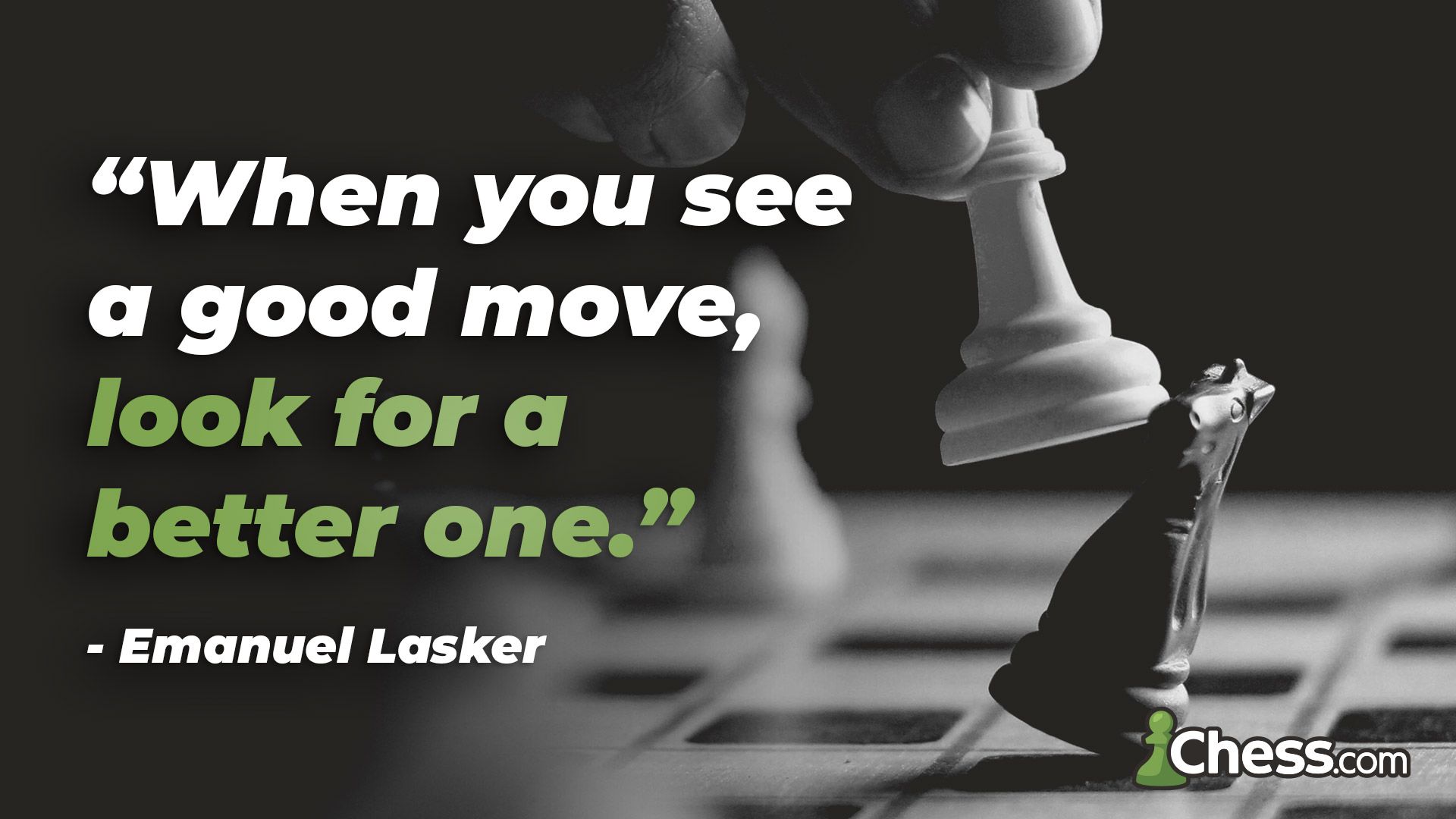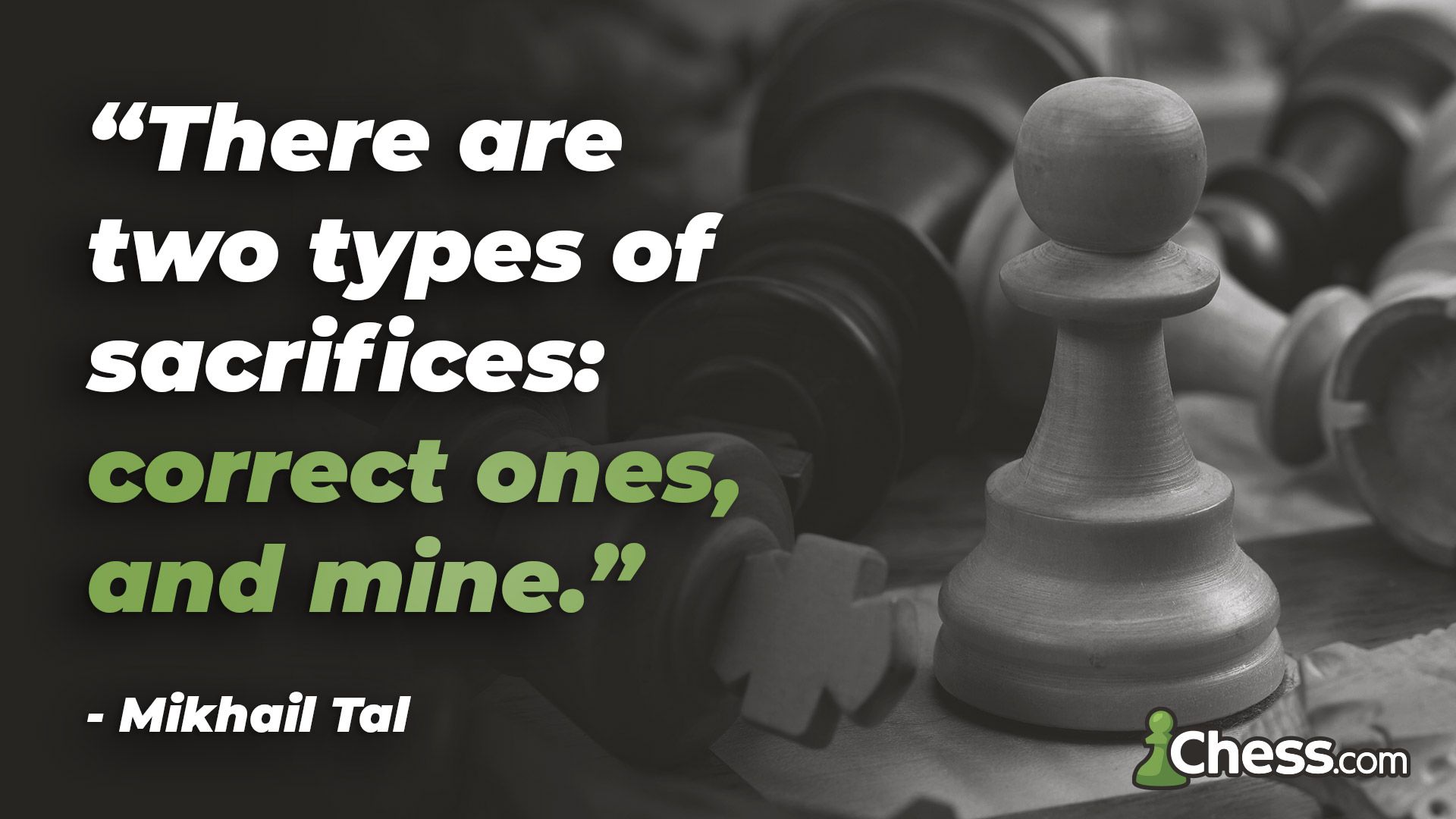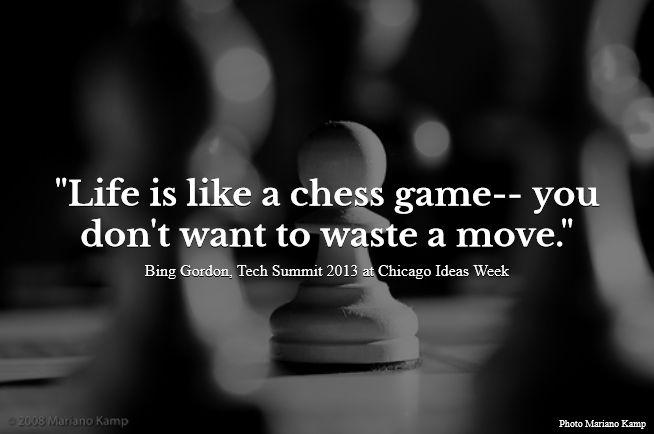
Capturing pieces
Hi,there!
How are you?
I hope you are nice!
Are you ready for a lesson?
Let's start!
Table of contents
How does a capture works?
When a piece occupies a square that another piece could move to if the square were vacant, the player may capture it. In this case, the captured piece is removed from the board, and the capturing piece takes its place. In the following diagram, the white rook can capture the black bishop if it is White's turn, or the black bishop can capture the white knight if it is Black's turn. In chess, capturing is optional. If White chooses to capture a bishop with a rook, the bishop is simply removed, and the rook is placed in its position. However, White may choose to move the rook or other pieces without capturing. The only piece that cannot be captured is the king, as the loss of the king signifies the end of the game.

How the pieces capture?
All pieces in chess, except the pawn, capture in the same way they move. Here's how each piece captures:
- The rook captures by moving any number of squares in a straight line horizontally or vertically, provided the path is clear.
- The bishop captures by moving any number of squares diagonally, as long as there are no pieces blocking its path.
- The knight captures by moving in its unique "L" shape: two squares in one direction (horizontal or vertical) and one square perpendicular to that.The knight is the only piece that can "jump" over other pieces to capture.
- The queen captures by moving any number of squares in a straight line, either horizontally, vertically, or diagonally, as long as there are no pieces blocking its path.
- The king must be protected from capture but still participates in the battle and, like any other piece, can make captures. In the diagram below, the king cannot capture the pieces marked with an "X" because doing so would place him in a position to be captured himself (the loss of the king signifies the end of the game).

How the pawn captures?
While the rook, knight, bishop, queen, and king can generally capture any piece in their path (the king must be protected from capture but still participates in the battle and can capture like any other piece), pawns follow special rules when making capture moves.
The pawn captures by moving diagonally, but it is still only allowed to advance one square at a time. It can never capture by moving straight forward.

Take both pawns.
I hope you enjoyed the lesson!














